Earth's Surface
The Earth's surface is the outermost layer of the planet that consists of solid land, water bodies, and the atmosphere. It is constantly changing due to various geological processes such as erosion, weathering, and tectonic activity.
Study Guide
- Layers of the Earth
The Earth's surface is part of the outermost layer known as the crust. Beneath the crust is the mantle and the core. The crust is divided into continental crust and oceanic crust. - Landforms
The Earth's surface features various landforms such as mountains, valleys, plains, plateaus, and deserts. These landforms are a result of tectonic forces, erosion, and weathering. - Water Bodies
The Earth's surface also includes water bodies such as oceans, seas, rivers, lakes, and glaciers. These water bodies play a crucial role in shaping the landscape and influencing the climate. - Atmosphere
The Earth's surface interacts with the atmosphere, which consists of different layers and is essential for supporting life on the planet. The atmosphere also influences weather patterns and climate. - Geological Processes
The Earth's surface is constantly undergoing changes due to geological processes such as erosion, weathering, volcanic activity, and tectonic movements. These processes shape the surface over millions of years.
Understanding the Earth's surface is crucial for understanding the planet's physical features, natural resources, and the impact of human activities on the environment.
[Earth's Surface] Related Worksheets and Study Guides:
.◂Science Worksheets and Study Guides Kindergarten. Pushing, Moving, Pulling
Coloring Worksheet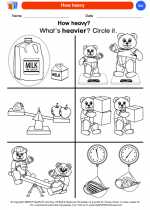 How heavy
How heavy  Coloring Worksheet
Coloring Worksheet How heavy
How heavy  Coloring Worksheet
Coloring Worksheet How Things Move
How Things Move  Coloring Worksheet
Coloring Worksheet How Things Move
How Things Move  Coloring Worksheet
Coloring Worksheet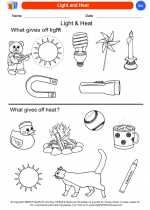 Light and Heat
Light and Heat  Coloring Worksheet
Coloring Worksheet Light and Heat
Light and Heat  Coloring Worksheet
Coloring Worksheet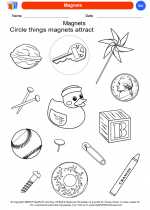 Magnets
Magnets  Coloring Worksheet
Coloring Worksheet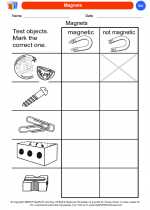 Magnets
Magnets  Coloring Worksheet
Coloring Worksheet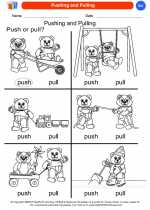 Pushing and Pulling
Pushing and Pulling  Coloring Worksheet
Coloring Worksheet Pushing and Pulling
Pushing and Pulling  Coloring Worksheet
Coloring Worksheet Simple Machines
Simple Machines  Coloring Worksheet
Coloring Worksheet Simple Machines
Simple Machines  Coloring Worksheet
Coloring Worksheet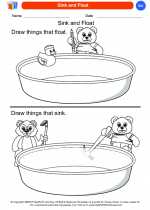 Sink and Float
Sink and Float  Coloring Worksheet
Coloring Worksheet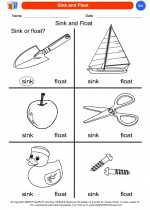 Sink and Float
Sink and Float  Coloring Worksheet
Coloring Worksheet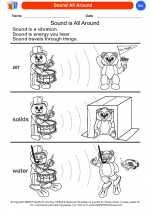 Sound All Around
Sound All Around  Coloring Worksheet
Coloring Worksheet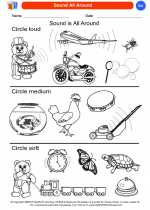 Sound All Around
Sound All Around  Coloring Worksheet
Coloring Worksheet Up and Down
Up and Down  Coloring Worksheet
Coloring Worksheet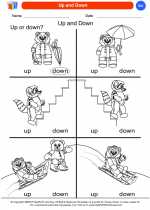 Up and Down
Up and Down  Coloring Worksheet
Coloring Worksheet Wheels
Wheels  Coloring Worksheet
Coloring Worksheet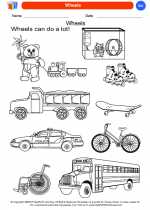 Wheels
Wheels 

 Coloring Worksheet
Coloring Worksheet
 Coloring Worksheet
Coloring Worksheet
 Coloring Worksheet
Coloring Worksheet
 Coloring Worksheet
Coloring Worksheet
 Coloring Worksheet
Coloring Worksheet
 Coloring Worksheet
Coloring Worksheet
 Coloring Worksheet
Coloring Worksheet
 Coloring Worksheet
Coloring Worksheet
 Coloring Worksheet
Coloring Worksheet
 Coloring Worksheet
Coloring Worksheet
 Coloring Worksheet
Coloring Worksheet
 Coloring Worksheet
Coloring Worksheet
 Coloring Worksheet
Coloring Worksheet
 Coloring Worksheet
Coloring Worksheet
 Coloring Worksheet
Coloring Worksheet
 Coloring Worksheet
Coloring Worksheet
 Coloring Worksheet
Coloring Worksheet
 Coloring Worksheet
Coloring Worksheet
 Coloring Worksheet
Coloring Worksheet
